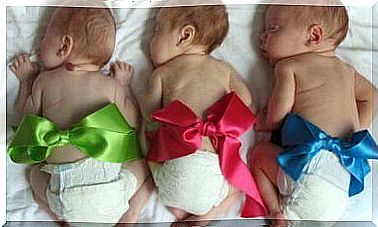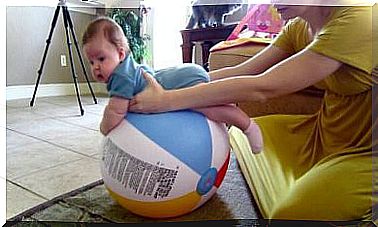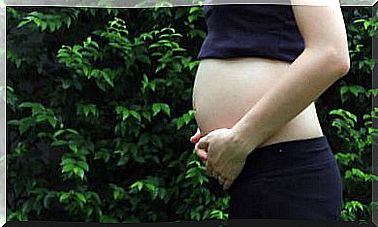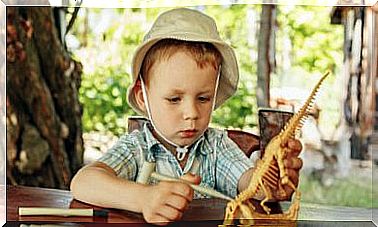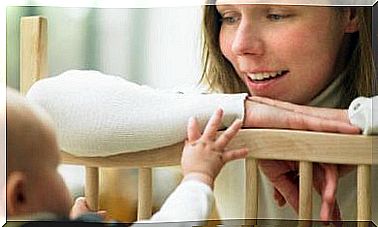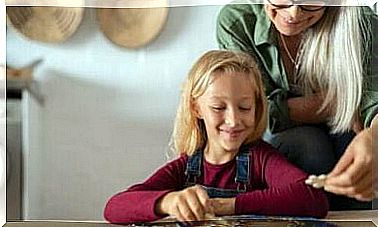Children’s Perception Development
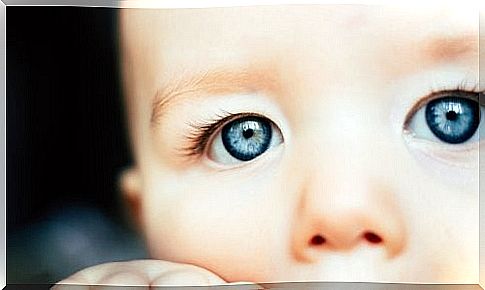
Babies grow and their senses gradually evolve. This is the first step in the long process of developing perception in children.
Perception changes according to experiences and neurological maturation. This is why early stimulation is so important, as it provides situations and resources for the baby to explore the environment freely.
What is perception?
To understand the world, we must first explore it. For this, sensations are essential. But it is necessary to know how to select, organize and interpret these sensations in order to make a correct mental representation of the environment. That’s what perception is.
Therefore, it can be said that perception is the ability to obtain information about the environment, experiencing sensations through a series of stimuli. That is, it is the interpretation of what you feel.
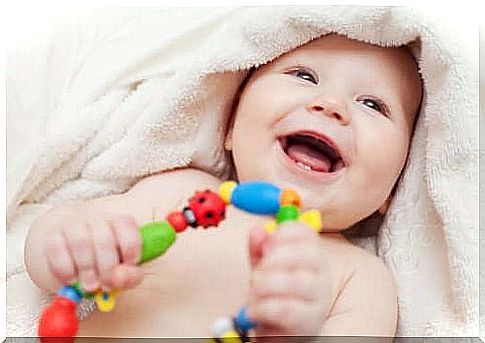
The development of perception in children
movement perception
The perception of movement contributes to the perception of other aspects or dimensions of the images, such as:
- Depth: perception of the third dimension of objects.
- Biological movement: identification of the shape of moving objects.
The perception of movement is the child’s most primary perception. In fact, several studies claim that, between three and seven months, babies have a sensitivity to visual movement similar to adults.
space perception
The world has three spatial dimensions. But, for a child to become aware of their situation in the environment, that is, so that they can perceive the space correctly, they need to recognize:
- The space in which the body itself is located.
- The nearby areas in which you move.
- The distant surroundings around you.
Thus, based on Jean Piaget’s theory of development , the perception of space is acquired along four stages:
- In the sensorimotor stage (0 to 2 years) and preoperatively (3 to 6 years), the child builds the vision of his own space. This is developed from the child’s motor experiences and immediate perception of space.
- In the concrete operative stage (7 to 11) and in the formal operative stage (12 to 14 years old), the child develops more complex spatial relationships, involving different points of view about the world and others from the body itself.
color perception
Humans are capable of perceiving millions of colors. The color we perceive depends on the degree of activation of the three receptors on the retina (short or blue, medium or green and long or red wave cones). Thus, the brain analyzes the percentage of light that activates each receptor on the retina constantly, producing color vision.
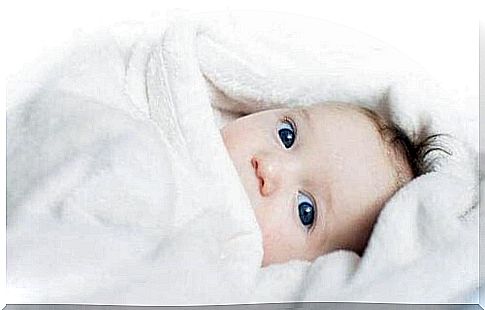
But newborn babies cannot see clearly, only distinguishing between light and shadow and noticing movement. However, with a month of life, they are already sensitive to brightness and intensity. And, at four months, they can see the full spectrum of colors.
Stimulation of the development of perception in children
For the development of perception to occur properly, spaces for stimulation can be created with toys, colors, varied textures, shapes, etc. This must be done especially during childhood.
All of this helps the child to have the opportunity to move and explore so that he can develop all his perceptual abilities and skills.

